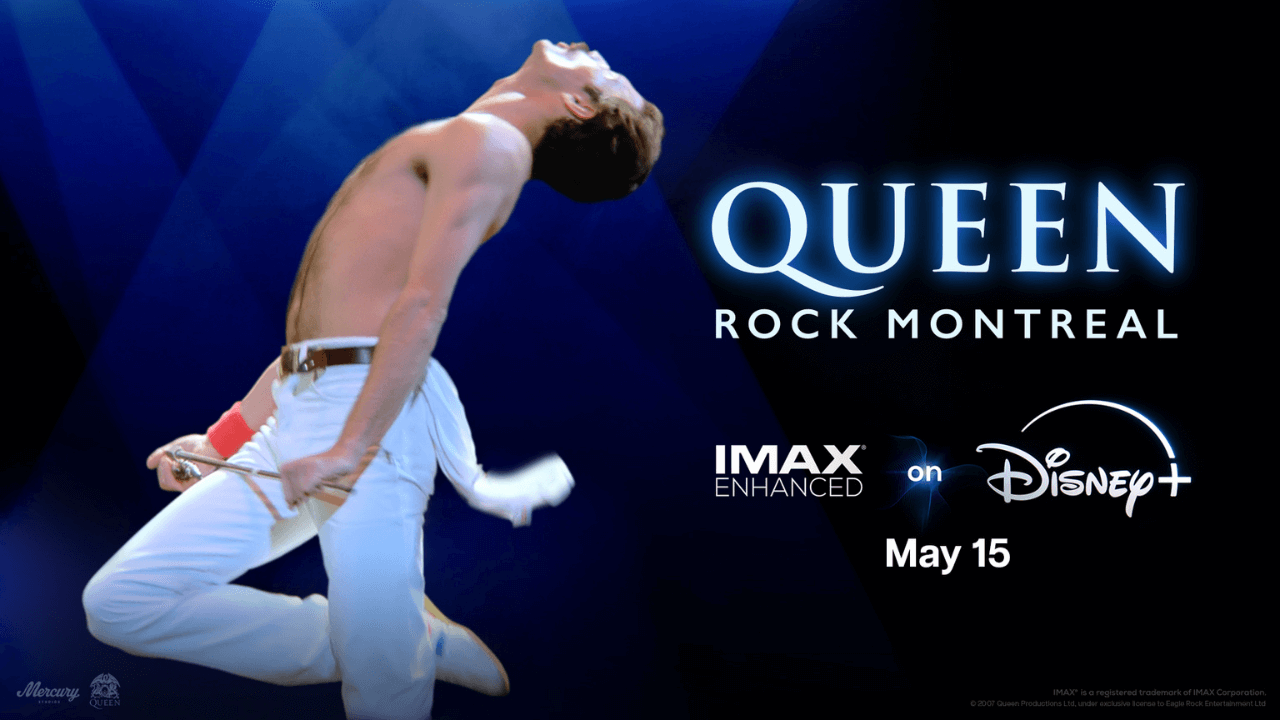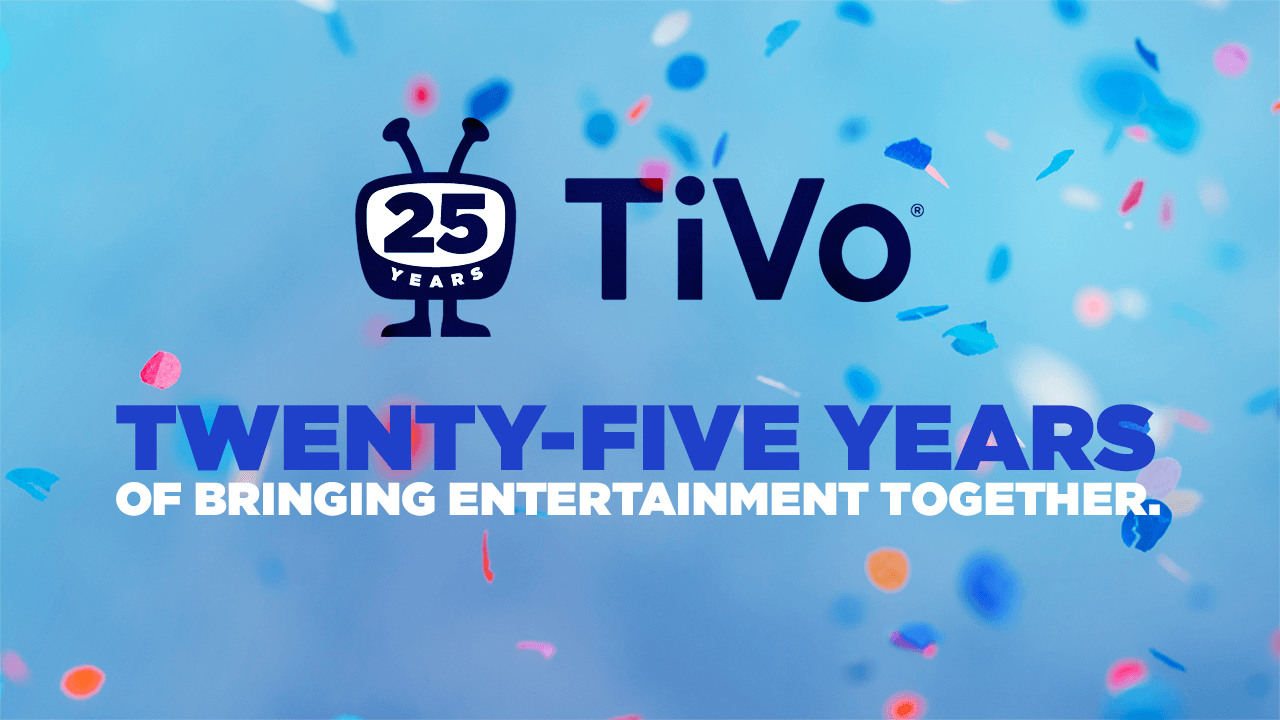In-vehicle communications have come a long way in the 123+ years since Guglielmo Marconi attached a twenty-five foot high cylinder aerial to a steam lorry to receive and transmit signals, and in the almost 100 years since the first commercially produced car radio, ‘Motorola,’ took up most of the space under the passenger seat. While there was a hue and cry about those 1930s car radios, with legislation trying to ban them, car radio has survived and thrived – not even the introduction of new audio sources – 8-Tracks, cassette tapes, CDs and MP3 Players – has eroded the dominant position of broadcast radio as the in-vehicle audio source of choice. And that dominance continues today. In a recent consumer survey deployed by DTS, AM radio’s position in the vehicle dashboard was once again confirmed, with 66% of those between the ages of 25 and 34 viewing it as ‘indispensable.’
That being said, rapid innovation in the in-dash entertainment landscape means that resting on these accolades is not a viable position for the broadcast industry. The reality is that in the last decade, radio’s pre-eminent position has been under constant threat from new digital alternatives, all enabled by the explosion in cellular IP networks and capacity. Respondents in our survey, especially the younger cohort, expressed a strong desire for in-vehicle entertainment that is much more than a mirror of their smartphone. With connectivity firmly embedded in most new vehicles, and deeper integration with IP based audio services such as Spotify, Deezer and Amazon, the landscape for broadcast radio is increasingly competitive.
And the threats and innovation don’t stop at audio services. Along with radio, our survey showed that today’s younger consumers are very interested in in-vehicle video, going as far as to say it would make them more likely to purchase a vehicle that included it. Video publishers are aiming for the dash and will soon take their place alongside both broadcast and digital audio services. Video is already well on its way with Tesla, Mercedes, Volvo, Polestar and BMW, to name a few. And gaming is not far behind.
While not as ‘old’ as radio, video gaming has been around since the 1950s, but has had its biggest explosion in the last several decades and, today, it is the younger generations who are its most avid users. According to IDC, Gen Z spend 14.9 hours a week gaming on average, while consumers overall spend an average of 9.4 hours, with the hours spent on gaming by Younger Millennials, Older Millennials and Gen X expected to rise in the next year. In-cabin innovation is reflecting this. Gaming has already launched in Tesla, Mercedes and BMW but, in most cases, play is limited to times when the car is in park mode and requires an external controller such as a smartphone.
Three categories of gaming have emerged for integration in new cars – Driving Games, Passenger/RSE Games and Console Games. Many of the games offered in these categories are backed by well established brands and have been developed by the world’s leading game designers. At Xperi, we are in the process of expanding our DTS AutoStage technology and we plan to incorporate digital games into our platform, where we are focused on audio driving games – games primarily designed around content using an audio interface that is safe for drivers to play – because we believe these are the ones poised to gain the greatest traction. And these games represent significant opportunities for broadcasters, with boundless opportunities for creating new game content that can run alongside broadcast radio shows — just as enriched metadata is already enhancing, reinforcing and making broadcast content more immersive. For example, a “Name That Tune,” or “Guess That Lyric” game could run alongside musical programming or a slate of games that incorporate local, regional and national trivia and sports quizzes can be generated. The possibilities for today’s creative programmers are endless and the benefits could be enormous.
So, while radio is, indeed, deeply embedded in the vehicle dashboard, time is not standing still when it comes to in-cabin innovation. In-dash entertainment has advanced more in the past decade than in the over 130 years since Marconi’s giant cylinder was able to transmit signals all of 20 miles while moving. Gaming is a new and very promising way broadcast radio can stay ahead of the game – and the DTS AutoStage platform is designed to help broadcasters leverage this opportunity so they can generate increased engagement, extend reach and keep radio deeply relevant in today’s vast panoply of in-vehicle entertainment.
Stay up to date on the latest technology and insights from DTS here.



